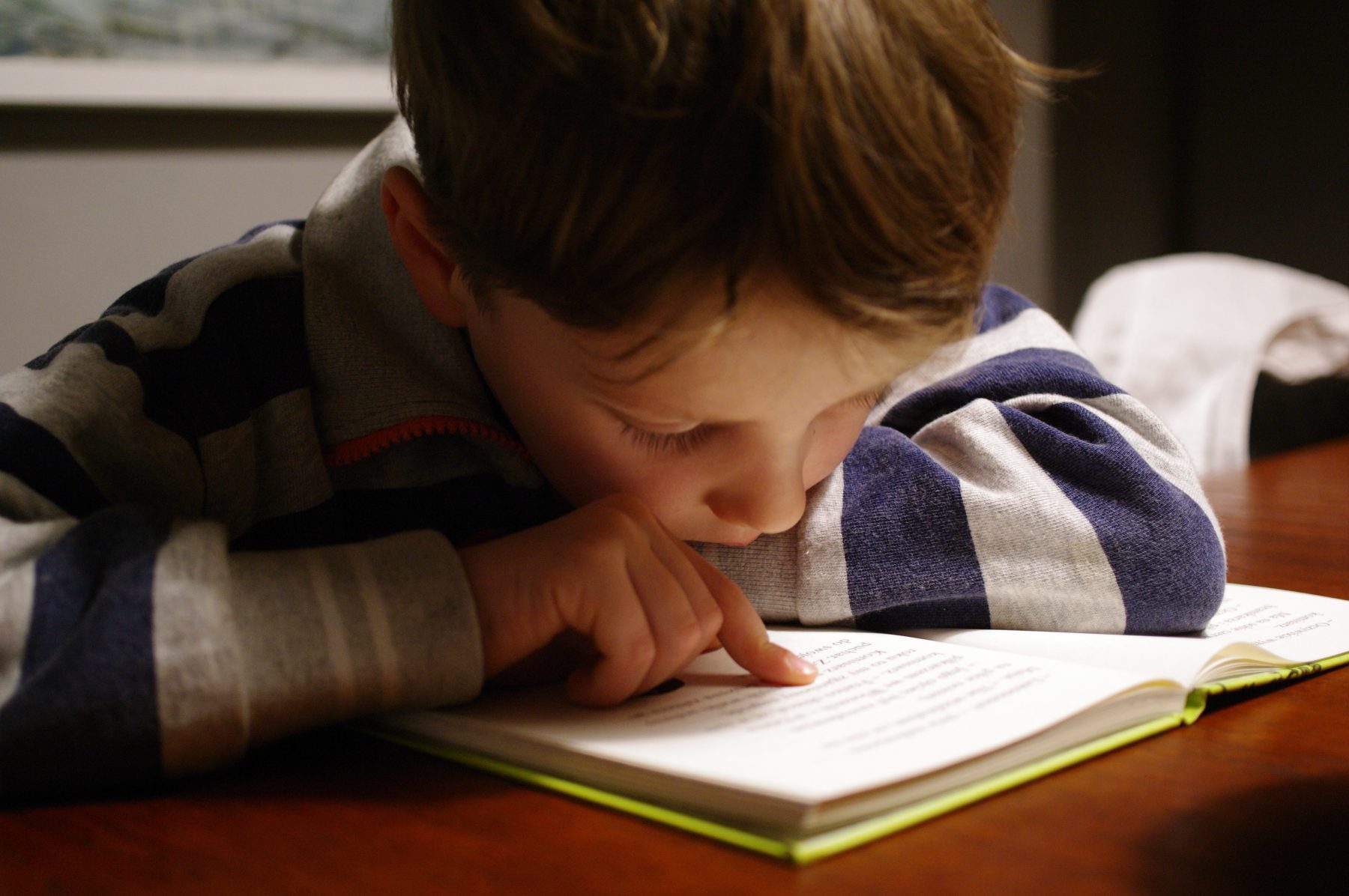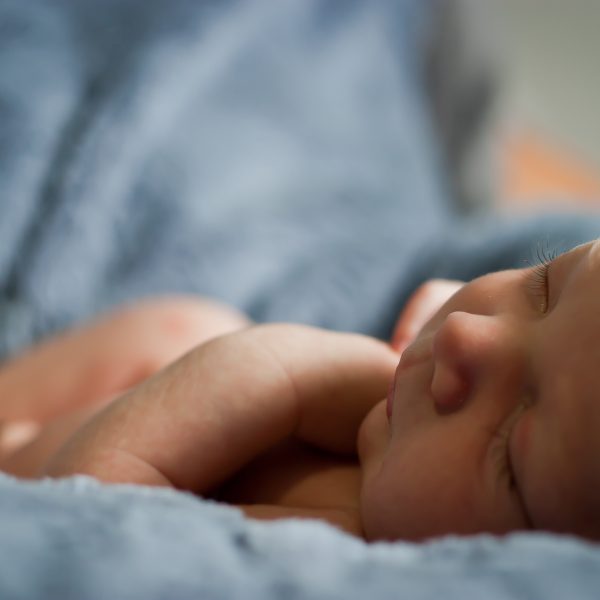Babies are born “switched on” to seeing words and letters

Babies are born with a part of the brain that is prewired to be receptive to seeing words and letters, researchers have found, proving that the stage is set for learning to read from birth.
The relevant part of the brain, known as the “visual word form area” (VWFA), is connected to the language network of the brain, and was discovered by researchers who analysed the brain scans of newborns.
Senior author, Zeynep Saygin said this region of the brain is “fertile ground to develop a sensitivity to visual words – even before any exposure to language”.
The VWFA is specialised for reading only in literate individuals, and some researchers had previously believed that the pre-reading VWFA starts out “being no different than other parts of the visual cortex” that are sensitive to seeing faces, scenes or other objects, and only becomes selective to words and letters as children learn to read, or at least as they learn language.
“We found that isn’t true. Even at birth, the VWFA is more connected functionally to the language network of the brain than it is to other areas,” Ms Saygin said. “It is an incredibly exciting finding.”
The findings have been published in Scientific Reports, and were reached by analysis of 40 newborn fMRI brain scans, taken on babies under one week of age, who were part of the Developing Human Connectome Project. They compared these to similar scans from 40 adults who participated in the separate Human Connectome Project.
Given the location of the VWFA in the newborn brain, next to another part of the visual cortex that processes faces, the previous beliefs about the correlation between the two regions was “reasonable”, Ms Saygin said.
As visual objects, faces have some of the same properties as words do, such as needing high spatial resolution for humans to see them correctly. That said, researchers found that even in newborns, the VWFA was different from the part of the visual cortex that recognises faces, primarily because of its functional connection to the language processing part of the brain.
“The VWFA is specialized to see words even before we’re exposed to them,” Ms Saygin said.
“It’s interesting to think about how and why our brains develop functional modules that are sensitive to specific things like faces, objects, and words,” said fellow researcher Jin Li, who is the lead author of the study.
“Our study really emphasised the role of already having brain connections at birth to help develop functional specialisation, even for an experience-dependent category like reading,” Ms Li said.
The study did find some differences in the VWFA in newborns and adults, which led Ms Saygin to suggest that the VWFA may need ‘further refinement’ as babies mature.
“Experience with spoken and written language will likely strengthen connections with specific aspects of the language circuit and further differentiate this region’s function from its neighbours as a person gains literacy,” she added.
Ms Saygin’s lab at Ohio State is currently scanning the brains of three and four year old children to learn more about what the VWFA does before children learn to read and what visual properties the region is responsive to.
The goal is to learn how the brain becomes a reading brain, she said. Learning more about individual variability may help researchers understand differences in reading behavior and could be useful in the study of dyslexia and other developmental disorders.
“Knowing what this region is doing at this early age will tell us a bit more about how the human brain can develop the ability to read and what may go wrong,” Ms Saygin said. “It is important to track how this region of the brain becomes increasingly specialised.”
To access the findings in full, please see here.
Popular

Workforce
Quality
Practice
Provider
Research
How one teacher is using Little J & Big Cuz to build empathy, understanding and confidence in First Nations learning
2025-12-08 07:15:19
by Fiona Alston

Policy
Practice
Quality
Research
A new path forward: Australia’s First Nations Education Policy emerges to reshape learning for First Nations children
2025-12-08 08:00:28
by Fiona Alston

Workforce
Policy
Research
Practice
Provider
Quality
Child safeguarding failures in Queensland: Key findings and reform directions from the 2025 systemic review
2025-12-09 07:00:56
by Fiona Alston
















